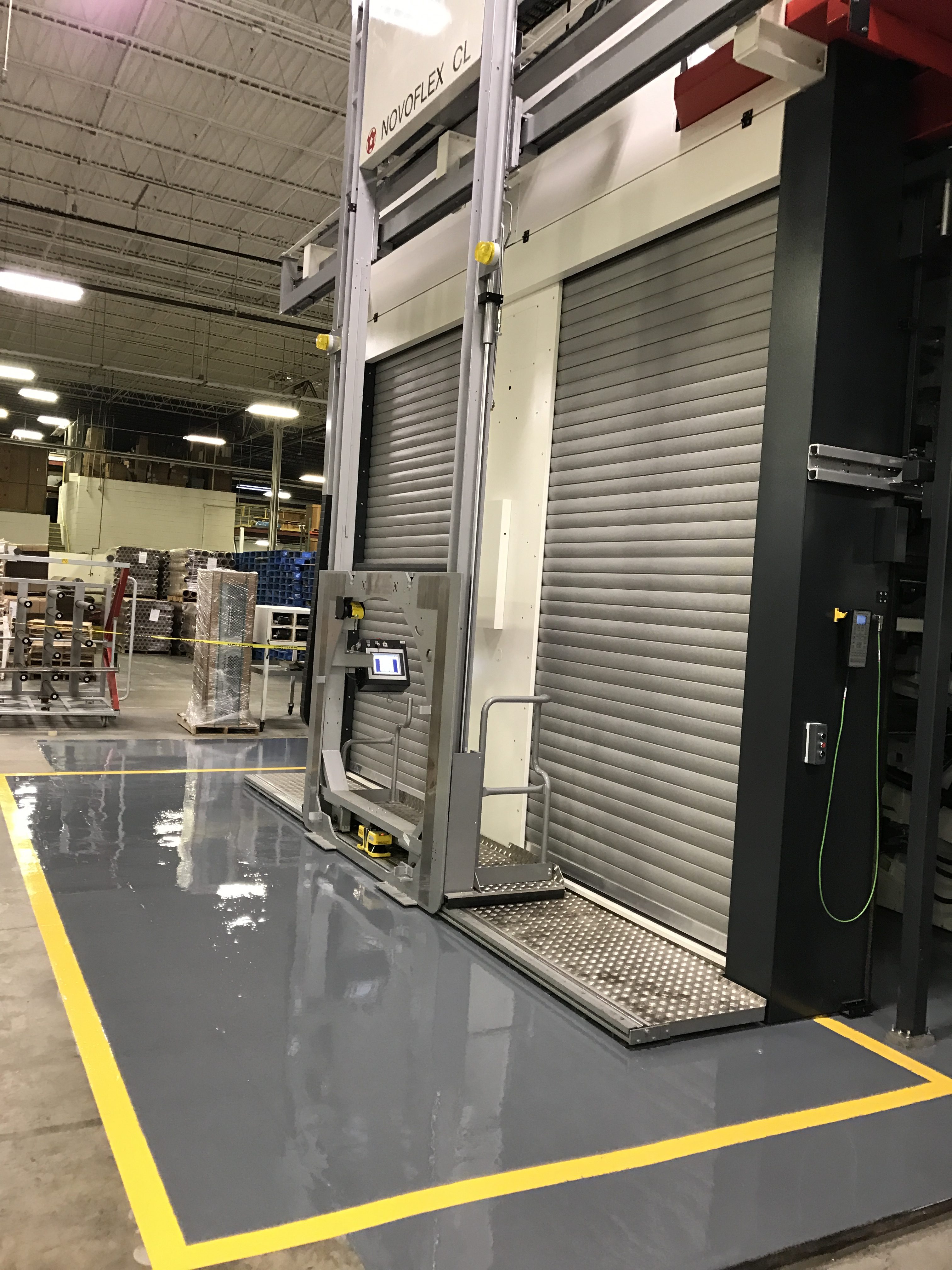Blog and News
Why Use Safety Line Marking on Industrial Flooring

Warehouses typically have a large floor plan with complex logistics that serve a number of functions. Organizing is a key factor for commercial and warehouse facilities. It helps with the safety of the employees and organizing inventory. Creating A safety line with paint or tape is one of those practices that creates a safer and more efficient facility because it marks everything from product storage to hazardous areas. Here are some of the reasons safety line marking is necessary for industrial flooring.
Safety Line Marking For Safety
Property owners with warehouse or industrial complexes might be on the fence if they need safety line marking. For a variety of industries, it is actually beneficial to implement safety line marking. Having an organized work environment promotes efficiency and productivity. Employees will be able to complete work because of the seamless organization in the warehouse. Inventoried items are secured when a facility is organized and it prevents product loss. Employees are also safer when working in a building that has hazardous areas marked off.
Choosing between Paint and Tape
Depending on the facility’s needs, paint or tape can be used for safety line marking. The main differences between the application of paint and tape are that tape is temporary and paint is permanent. They both can be used for industrial flooring as they are slip resistant. Safety link tape is generally a cheaper solution as compared to paint. Since safety tape is temporary, the safety lines on an industrial floor can be reorganized easily. However, applying safety line marking with paint is a better solution if the organization layout in the facility will not change.
Safety Line Variety
Traditionally, safety line markings use yellow as the color on industrial flooring. Yellow stands out and is easy to see when working on the floor. One of the benefits of safety line markings is the variety of designs and colors that can be applied. Sectioning off areas with different color schemes help employees identify areas of a facility easily. Depending on the facility, there may be areas where a straight line cannot be used. With safety line marking, different types of lines and patterns can be applied to fit unique areas of a facility. Here are some of the colors that some industries used to help organize areas in a building.
- Yellow – paths, traffic lanes, aisles
- White – machines, racks, benches, carts, equipment
- Red – defect
- Orange – energized equipment
- Green – finished goods
- Blue – raw materials
- Black – work in progress
- Black and Yellow – physical or hazardous areas
- Red and White – safety restricted areas
- Black and White – operational restricted areas
The primary goals of safety line marking are safety and organization. Installing a safety line marking to industrial flooring alleviates many issues that can arise if an item is misplaced or to mark off a hazardous area. Safety line markings are also durable, meaning that they will not peel off easily and they are slip resistant. For commercial facilities that are in need of safety line marking, Seal Well are the industrial floor experts. They will be able to install safety line markings on any industrial flooring. Contact Seal Well at 1-877-318-0461 for a free safe line marking quote today.

















































